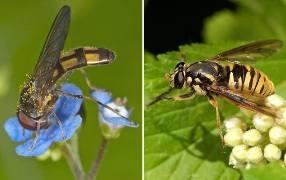from American Scientist
July-August 2012
Tropical ecologists have a long tradition of tromping through the forest in rubber boots, tracking the fates of individual trees and perhaps scaling some of these 50-meter giants to sample their foliage. But forests—and the conservation issues they face—dwarf even the most ambitious on-the-ground studies. Ecologist Greg Asner, of the Carnegie Institution for Science in Stanford, California, and his team developed the Carnegie Airborne Observatory to scale up the old-school data. The observatory consists of three remote-sensing instruments on board a Dornier 228 airplane. The resulting images of vast tracts of forest, interpreted in light of complementary data collected from individual trees, reveal information about forest ecology, diversity and health. Asner spoke with American Scientist associate editor Elsa Youngsteadt about the project.

